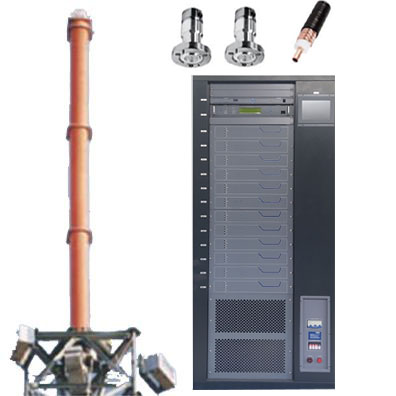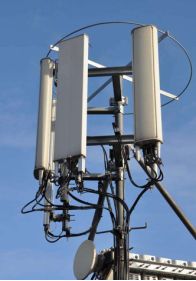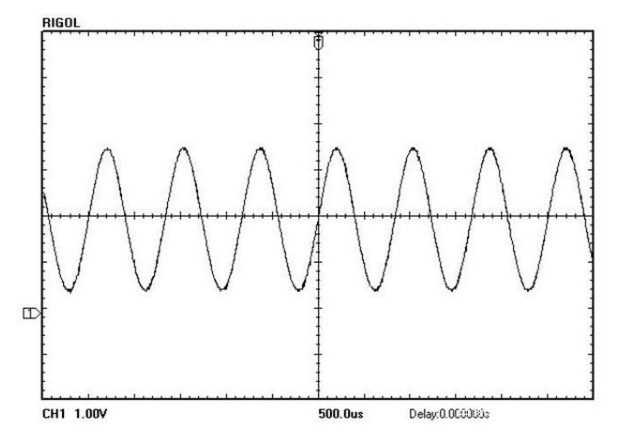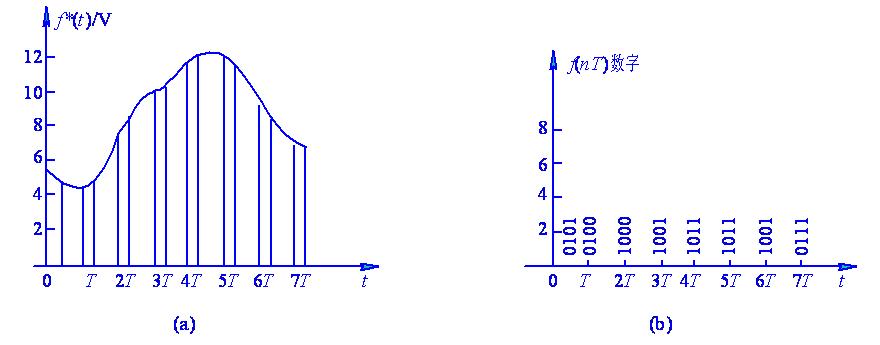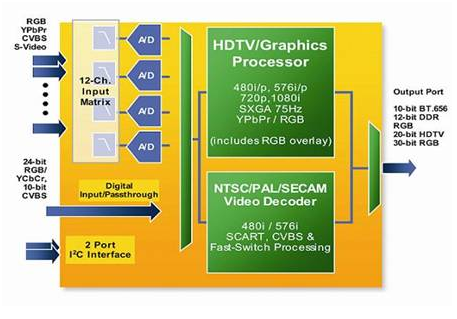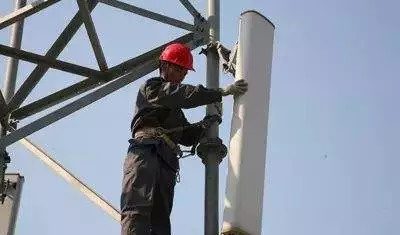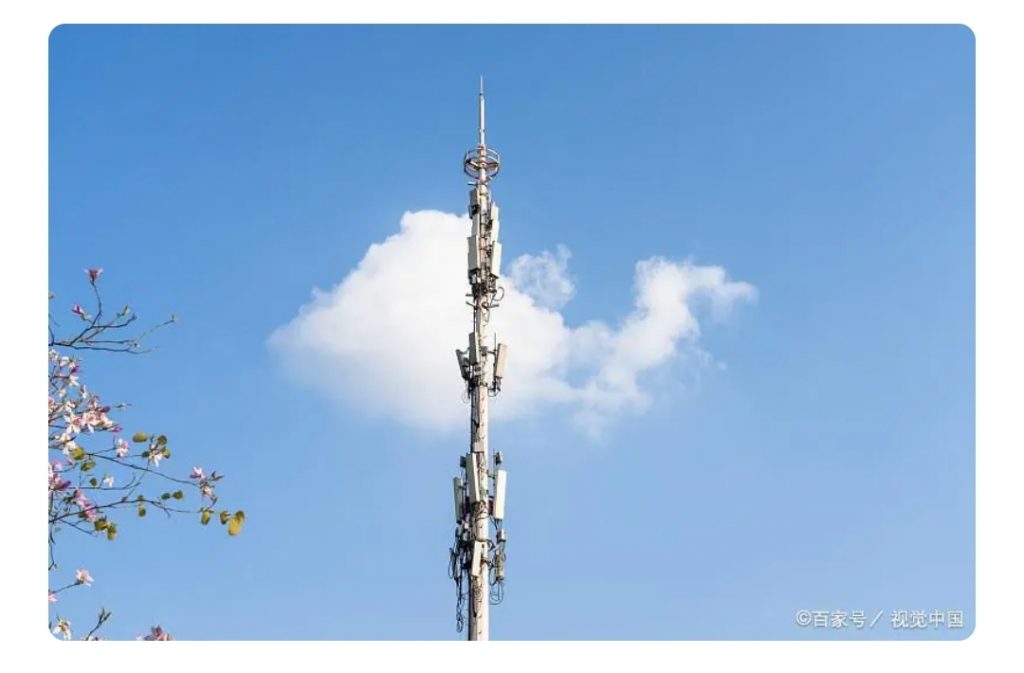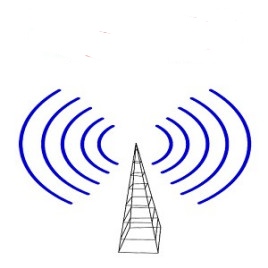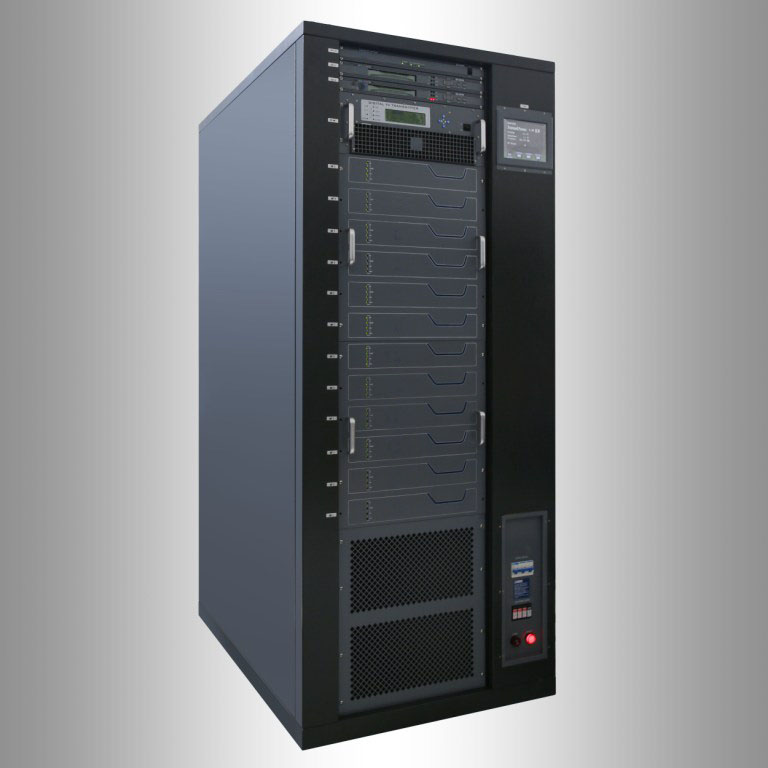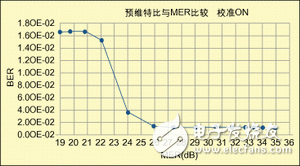Driven by technology, all-solid-state transmitters can replace traditional electron tube and klystron transmitters, and all-solid-state transmitters have been widely developed in the TV industry. This article mainly analyzes the performance and working principle of the all-solid-state TV transmitter based on my many years of work experience, and analyzes its future development, hoping to provide some reference for the future development of all-solid-state TV transmitters.
Key words: transmitter; principle; performance; electron tube
The all-solid-state TV transmitter not only promotes the development of equipment and components, but also promotes the progress and development of the TV transmitter design and manufacturing process, greatly reduces the operating cost of the TV emitter, and has a great breakthrough in maintenance technology. The following mainly takes the GME1114 all-solid-state TV transmitter as the research object, analyzes its performance and operation principle, and analyzes the factors affecting its operation and development.
- Composition and working principle of all solid-state TV transmitter Through the analysis of the GME1114 all-solid-state TV transmitter, it can be found that it mainly has six components, and the most important part in the whole system is the exciter, whose main function is to transmit the signal generated by the source to the designated In the channel, it is amplified during the transmission process to drive the power amplifier to work. It mainly realizes the above-mentioned work by utilizing thirty-two power amplifier modules of 450W each, and the output power thereof should be more than ten kilowatts. Both the distributor and the synthesizer are implemented by the Giselle circuit microstrip and suspender structure for distribution and synthesis, so the problem of high operating consumption caused by multiple synthesis can be reduced. The filter at the output end is mainly responsible for suppressing out-of-band harmonics, thereby reducing the impact and interference of other channels in operation [1].
- System operation reliability There will be some redundancy in the basic circuit of the all-solid-state power amplifier when it is connected in parallel, so it will be separated, and multiple separate parallel switches will be used to supply power respectively. be guaranteed. Therefore, in the current transmitter work, the signal received by the exciter will be directly distributed to each operating power amplifier part, so that each power amplifier part can identify and process the signal, and combine the signal after amplifying it. After the parts are merged, they are transported uniformly in the fixed parts, thereby solving the problems existing in the power amplifier circuit and improving the operation efficiency of the whole system. Not only on the part of the exciter, but also on other parts according to the actual operation of the parts and systems in parallel and setting backup, even if there is a problem, the backup can be used to recover unnecessary losses, and try to avoid problems in the work Because one aspect of the problem affects the emergence of the entire system work problem.
- System maintainability Because the cathode active metal material of the system will be consumed during work, all the components in it have a fixed life, and after a certain number of years, its overall operating speed and efficiency will decline, at this time it is necessary to Relevant components and systems are replaced. The replacement of components in the system needs to be carried out on the basis of not affecting the normal operation of other components, that is to say, the entire replacement process should be as simple as possible and the structure should be reasonable, so as to prevent the normal operation of the entire transmitter from being affected by the replacement of one component. Because the all-solid-state TV transmitter has a simple structure and strong interchangeability, in the selection of current components, more components with good quality and high performance are selected. Therefore, after the components have problems, they can be easily replaced and maintained, thereby reducing the cost of the system. Maintenance costs are improved and the stability of the entire system is improved. What needs to be paid attention to during the system maintenance work is to reduce the difficulty of parts replacement, and replace the original traditional loading and unloading mode with a lighter loading and unloading method, so as to reduce the damage to other parts when replacing parts and avoid unnecessary losses. [2].
- Analysis of operating environment The operation of all solid-state TV transmitters is mainly affected by the internal environment and external environment. The internal environment refers to the internal structure and system configuration of the transmitter. The external conditions mainly refer to the computer room environment, temperature, moderation, and power supply stability. . The dual factors of the internal and external environment jointly affect the operation of the equipment. Therefore, in order to promote the operational performance of the transmitter, it is necessary to pay full attention to its internal and external environment. While improving its operational performance, ensure that the external environment is suitable, thereby improving the transmitter. High operational reliability, reducing the probability of failure. The following is my analysis of the two parts of internal conditions and external conditions [3]. 4.1 Internal conditions The internal conditions here mainly refer to the system configuration, circuit design, and mechanical structure of the transmitter, such as the power synthesis circuit, air inlet and outlet channels, and fault self-test and protection that are often used in work. Because the above-mentioned functions occupy a lot of power consumption, and their functions occupy an important position in the whole, so only a reasonable arrangement of these structures can ensure the high-efficiency operation of the entire transmitter. In the current work process, I found that there are still some problems in the internal design of the transmitter. For example, in the current internal design structure, many manufacturers design the exciter as a plug-in for the convenience of disassembly and inspection, resulting in In actual work and operation, due to the strong independence of its various parts, the internal structure and environment of the launcher are complicated, and there are great difficulties in operation and maintenance. Because the plug-in needs to use the locking screw to fix the plug-in and the socket together, if the plug-in force is unbalanced during the installation process, it will cause stress concentration on the locking screw and affect the normal operation of the transmitter. During the operation of the machine, it is often accompanied by different degrees of vibration, which will affect the screws to a certain extent. The screws will loosen due to force, and even the machine will have poor contact. All of the above are the problems that need to be solved in the internal design work of the current transmitter [4]. 4.2 External conditions The external conditions mainly refer to the environment in the transmitter room, mainly including its temperature, humidity, cleanliness, power supply stability and so on. It can be seen from the above that the environment that affects the operation of the transmitter is mainly the internal and external environment. It is not enough to have a well-designed internal environment, and a good external environment should also ensure the normal operation of the transmitter. For example, if water enters the inside of the transmitter, it will increase its reflected power, which may cause the transmitter protection or power amplifier to be burned, seriously affecting its work; if you do not pay attention to air cleaning in daily work, Then it will cause dust to enter the interior of the transmitter, causing the transmitter to run unsmoothly and respond slowly, seriously affecting its working efficiency. Therefore, in daily work, we should not only pay attention to the improvement of the internal design of the transmitter, but also pay attention to the protection of the transmitter room environment, so as to provide a good environment for the normal operation of the transmitter.
- Conclusion The above is my analysis of the performance and operating principle of the GME1114 all-solid-state TV transmitter. It can be seen that the structure of the current transmitter system is at a very mature stage, not only has a high operating efficiency, but also operates and maintains costs. Much smaller than before. Therefore, in the future work, we must continue to aim at advanced science and technology, and constantly integrate new technologies and materials into the research and development of transmitters, so as to promote the progress and development of the TV industry.
